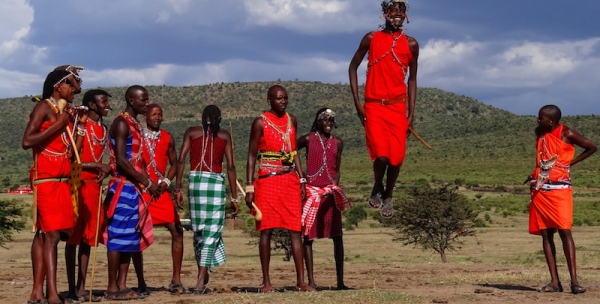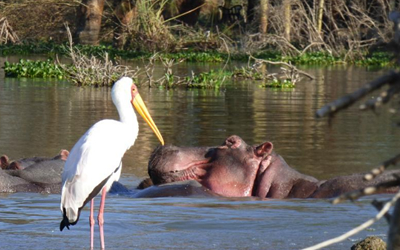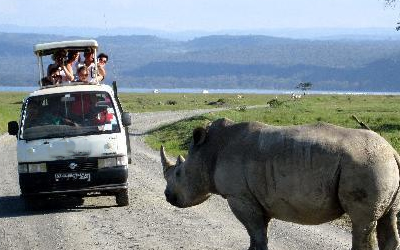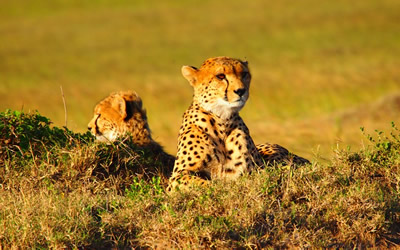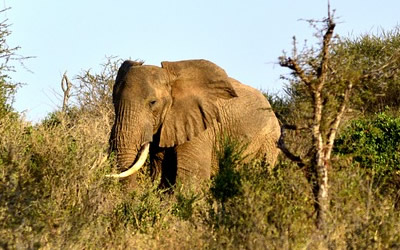This is one of the few cultures that still survive in Kenya. People come from all walks of life to enjoy an experience in the Masai manyatta even for a day. The Masai are monotheistic and believe in God Engai. Their God was assumed to live on the mountain of God called Ol Donyo Lengai in Serengeti, Tanzania. the Lisbon was the religious leader and he would perform special prayers and rituals in times of disasters such as drought. He was the link between the people and Engai.
The Masai culture did not allow for the people to bury their dead. They thought that this would pollute the soil. They would throw away the dead bodies to be eaten by scavengers. The burial ceremony was an indulgence only for the dignitaries such as the Lisbon and the chiefs. If a carcass was not eaten by the scavengers, this was thought to bring a bad omen to the village. They, therefore, adorned the bodies in animal blood and fat to entice the hyenas and jackals.
The babies after birth were not fully accepted into the society. This was due to the high infant mortality rate. If a baby survived three moons [3 months], it was given a name and fully introduced to the community. Boys were initiated at the age of 13 to 25 years to become morans. This was a very painful circumcision ceremony. The ceremony was performed by every 15 years and all the boys who were of age and not circumcised in the last ceremony would undergo the procedure.
The Masai housing called manyatta is always the temporary place of residence. Between every 3 to 4 years, when the pastures are no enough, the Masai tribe moves from that location to another location and there they built a new village. They build camps or small villages which will be a home to between 5 and 7 families and also their cattle. It resides in a group of a very low hut which is constructed from brushwood and small branches which are supported by a framework of the sturdy branches. This kind of a hut is then covered with clay, mud, manure and dry also cattle dung. The whole camp is then surrounded by the coral (kraal) of prickly bushes and also thorns in order to keep out leopards, lion and also other wild animals. The huts have a fireplace which is located at the center or near sleeping area because the huts have no windows. Their beds are on hard mud floor which is covered with the skins of animals.
The Masai people have a structured dance which is performed on different occasions. For instance, Adamu which is also the Masai Jumping Dance, in their language is this dance performed by the Masai warriors. They show their stamina and strength by the leaping into the air one after the other as the rest of the warriors stand to form a circle while they sing. The community does not use the musical instruments when they are performing their traditional songs. Instead, women wear rattles and bells which produce jiggling sound as they sing.
The communities had a braided hair sopped with the red clay, large beaded necklaces which encircled the upper part of their bodies, bracelets everywhere, colorful one-piece sarongs, and also earrings that seem cumbersome to the eye but they hung so softly on their lobes.
Thursday, 16 March 2017 03:06
Masai Culture
Leave a comment
Make sure you enter all the required information, indicated by an asterisk (*). HTML code is not allowed.

